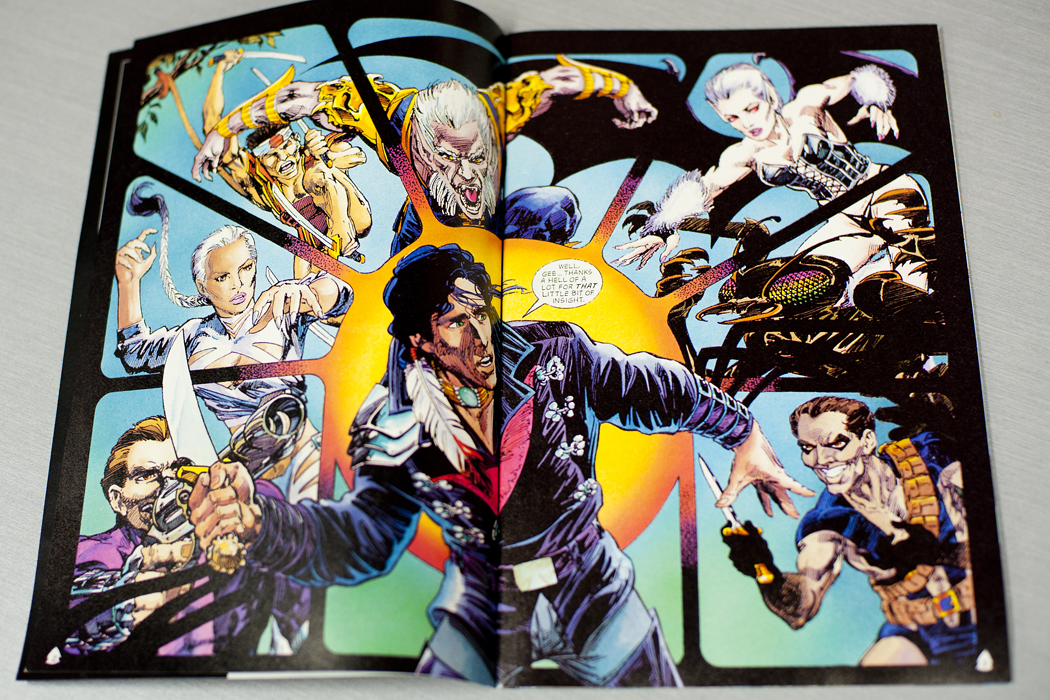
From Mazinbiige, Indigenous graphic novel collection. // Photo by Katie Chalmers-Brooks
Connecting through Comics
Mazinbiige, an Indigenous Graphic Novel collection comprised of 200 titles, celebrated today
A new collection of graphic novels at Elizabeth Dafoe Library will provide students with an unconventional way to explore Indigenous stories and combat stereotypes.
The recently acquired Mazinbiige Indigenous Graphic Novel Collection houses roughly 200 titles that use the comic format to tackle some heavy subject matter.
“They address many serious issues in our community, including bullying, suicide, AIDS and residential schools,” says Camille Callison, the U of M’s Indigenous services librarian.
Many of them collectors’ items, the books are a mix of “the good, the bad and the ugly” of work in this genre, Callison notes.
“There are some that are really good and appropriate in their description of First Nations people and then there is some where we have Indigenous peoples not portrayed accurately or respectfully.”
The Mazinbiige collection (Mazinbiige is an Anishinabe word meaning beautiful images and writing) supports an Indigenous graphic novels course developed by Niigaanwewidam James Sinclair and taught for the first time more than a year ago. The course, offered again in January, challenges students to analyze various works and also write their own; three of them have since published their graphic novels.
Niigaan Sinclair describes this literary style as a vehicle for “self-determination.”
Sinclair describes this literary style as a vehicle for “self-determination.”
“They are the most innovative writing system,” he insists. “Book text is limited in its ability to offer images. And paintings are limited by not offering text. Graphic novels break all of those conventions.”
And this form of literature — a collaboration between an author and artist — can be a powerful tool. “They are a culmination of the control that Indigenous people have over their own images and what is said about them,” Sinclair says. “It’s the most revolutionary text there is.”
Sequential art first developed in North America at least 50,000 years ago and took the form of pictographic writings by Indigenous Peoples on rock faces, in the sand or carved in Birch bark.
The graphic novel genre is gaining legitimacy in literature, Callison says. Written by Indigenous authors, graphic novels are addressing some critical issues in Canada today and offering an engaging medium for teenagers and young adults to explore. The Mazinbiige collection is among the first of its kind at a Canadian university.
“It’s critical that when people are getting a degree in literature they understand this is a genre that is crucial and important for our society today. They have a place in writing,” says Callison.
“And who doesn’t love comics?”
What: Mazinbiige Indigenous Graphic Novel Collection launch
When: Wednesday, Nov. 13, 2013, 2 p.m.
Where: Elizabeth Dafoe Library, Fort Garry Campus
(Scroll down for more images.)







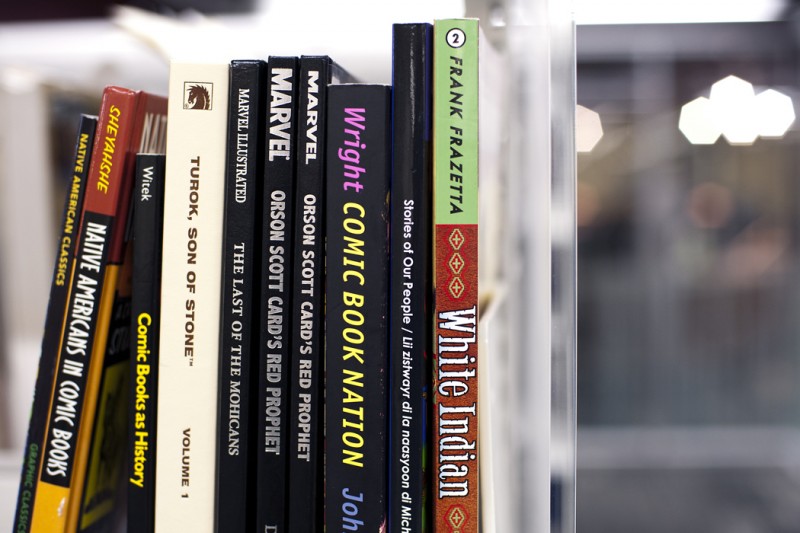
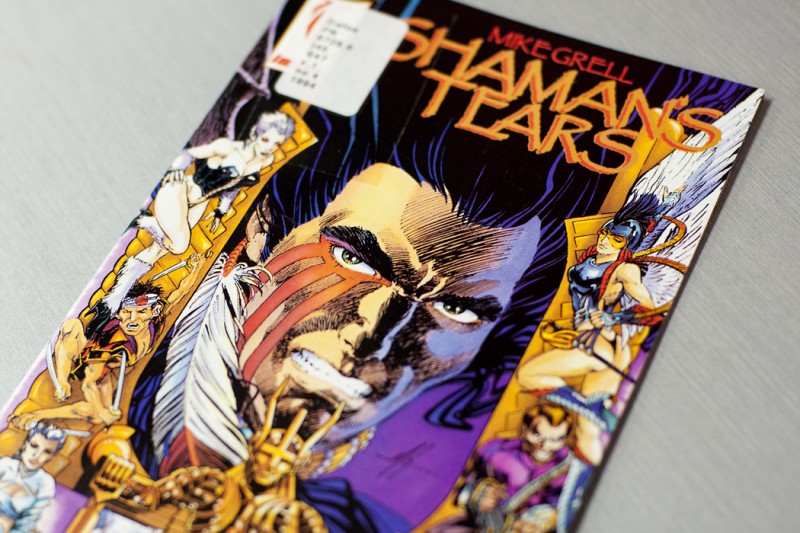
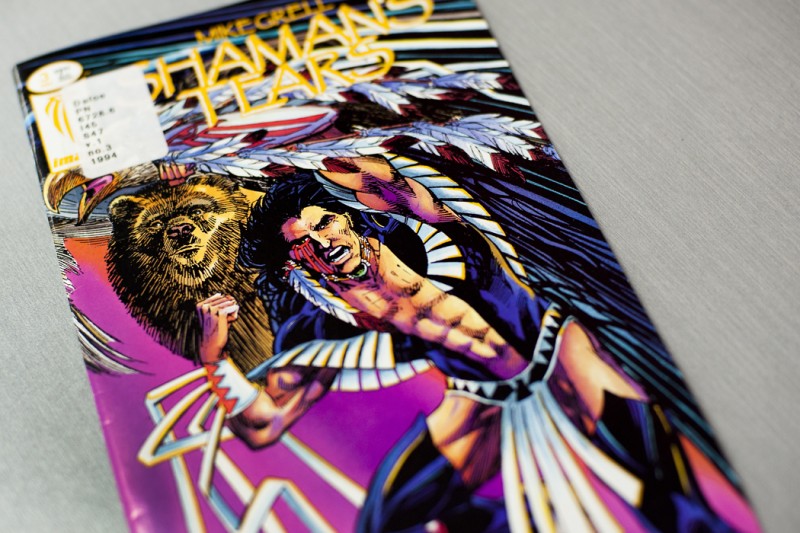
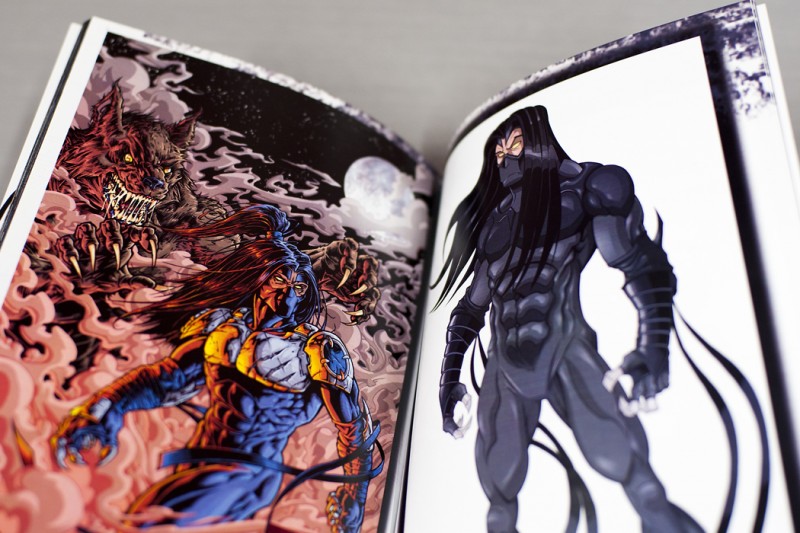
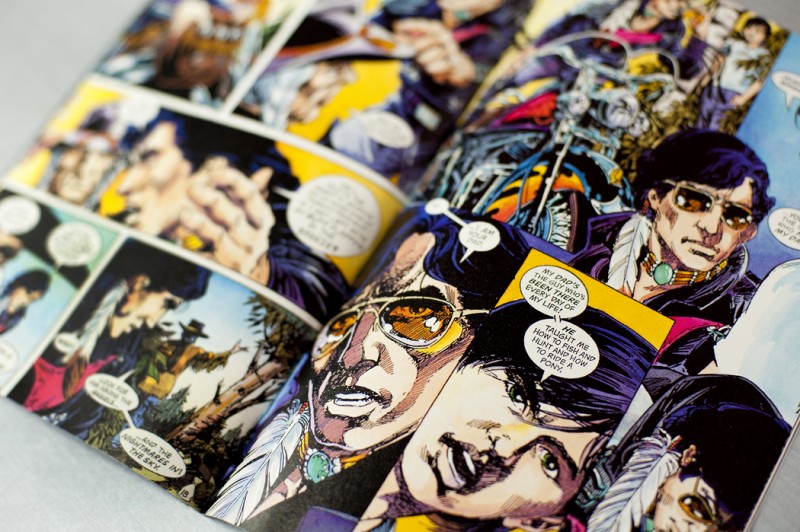
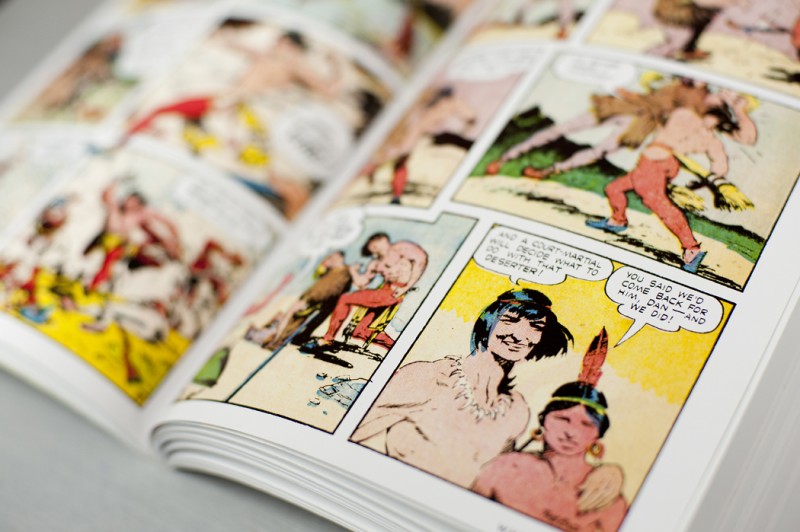
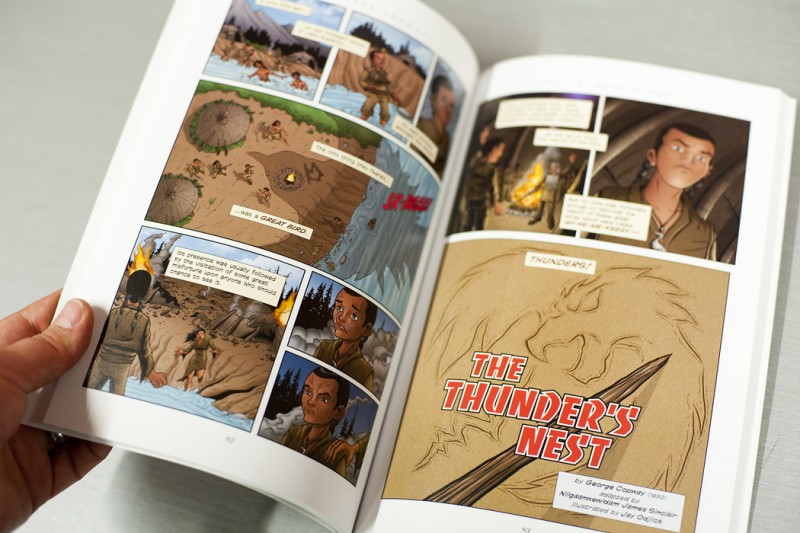
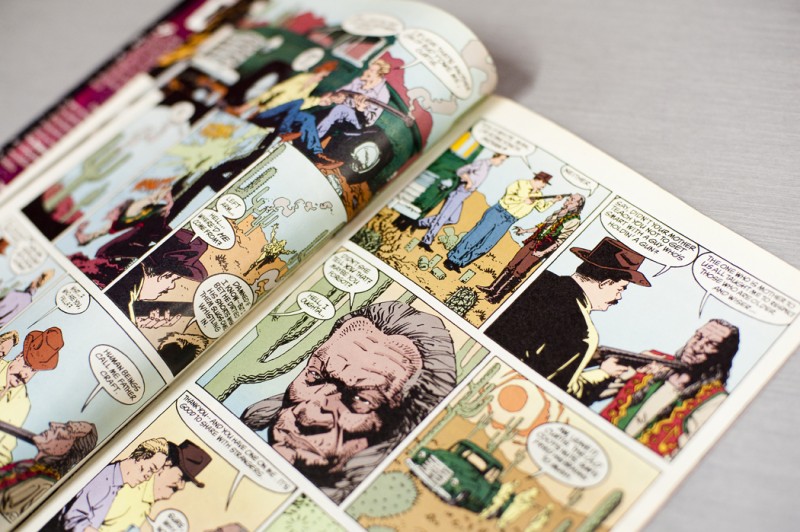
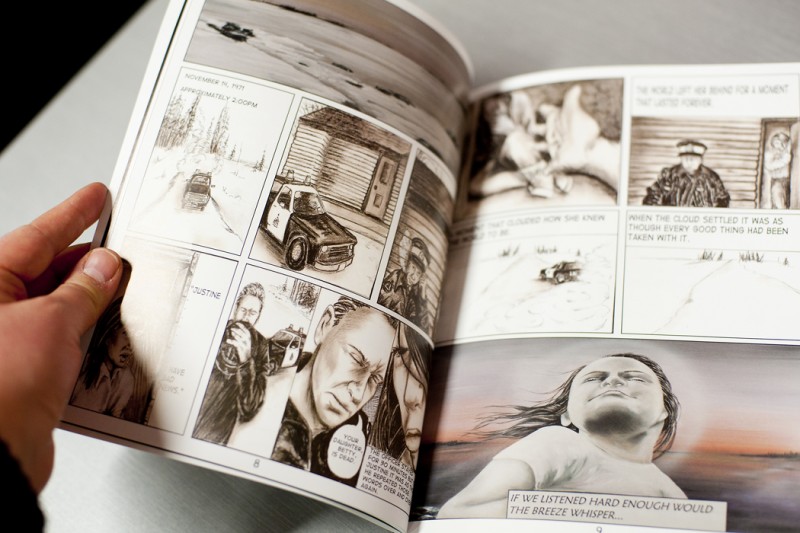
Would it be possible for someone to recommend which would be suitable as a gift for a family with children ages 10 – 16 years?
You could visit the exhibition or contact the curator at UM Archives & Special Collections: Camille Callison, University of Manitoba, 204-480-1054 or Camille [dot] Callison [at] umanitoba [dot] ca
Also see this story: http://news.umanitoba.ca/writing-the-graphic-novel-with-david-robertson/ (Many of these are carried by the U of M Book Store.)
This is great coverage of an unconventional genre, but one that is appealing and current. There are other forms of visual and text media that offer creative expression vehicles. One of these is altered books where art work is combined with a book as a base. These are not necessarily connected to Indigenous methods or productions, but tend to be more personal.